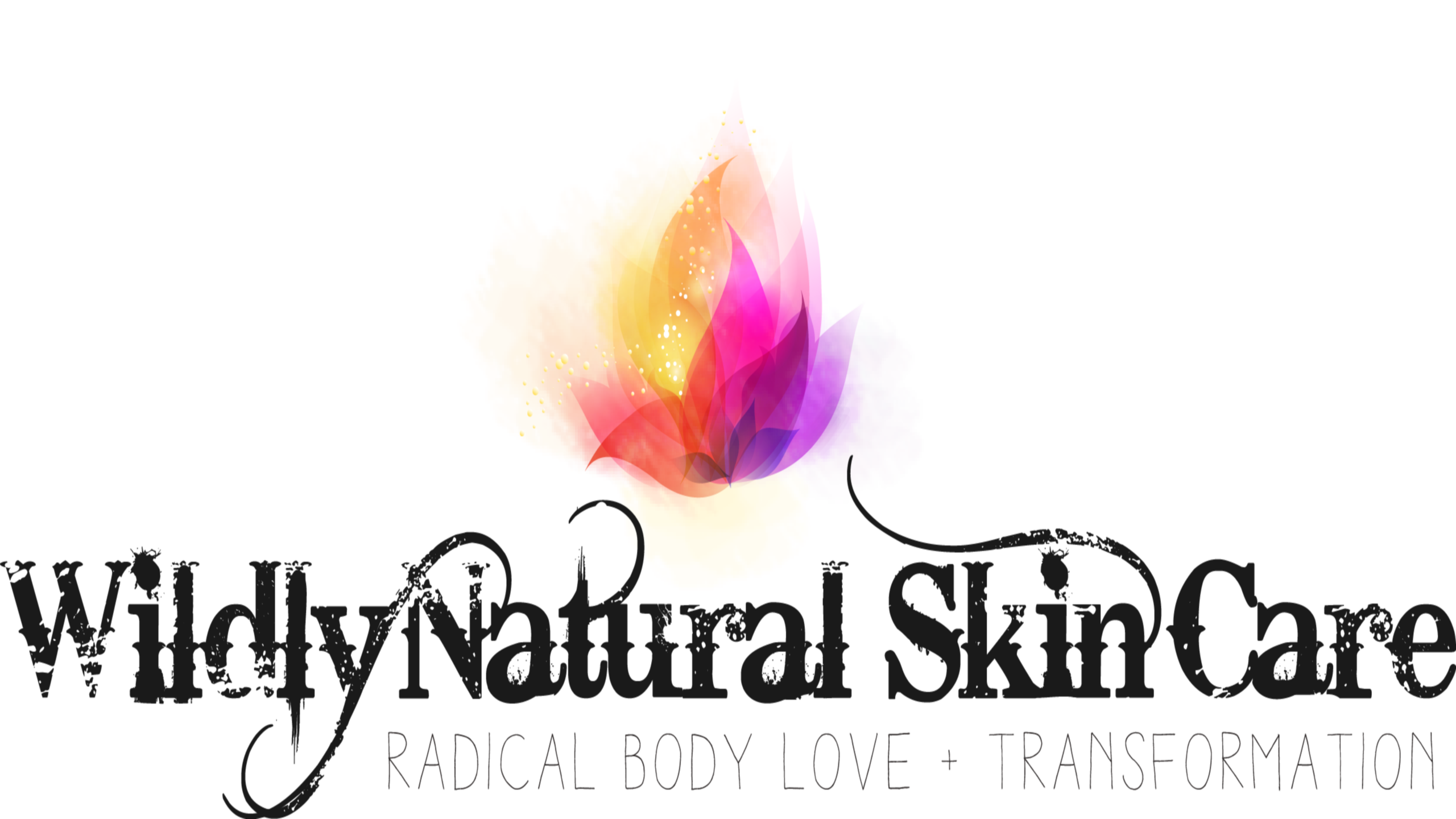Uses of calendula for skin range from beauty to first aid. Calendula grows with the sun-that is, it has a long growing season if started from seed and will be ready to harvest in late summer or early fall, as the sun starts to lessen. Calendula is used in everything from lip balms, tinctures, wound washes and oils.
This affinity for the sun shows us that calendula embodies certain qualities. It shines light and warmth where it is needed. Energetically, it is warm and both dry and moisturizing (being neutral in regards to moisture). Therefore, calendula has a special use for swollen, hot, painful and pus-filled tissue.

Generally, the flowers are recommended for use, though I’ve experienced medicinal properties in the leaves as well. If you can grow calendula, investigate the leaves. They are resinous and almost sticky in texture and have a strong aroma, indicating that they hold valuable medicine.
Calendula is safe for children and animals. It is wonderfully gentle and powerful. If I am dealing with a skin issue, calendula is one of my go-to herbs.
Either grow your own or find the highest quality calendula flowers here.
An Emollient for the Most Dry Skin
Calendula is an emollient and can help to moisturize dry skin. It also contains carotenoids which nourish the skin.
Scars and Varicose Veins
A calendula wash is used for healing scars, thread veins and soothing varicose veins. Thread veins are tiny, broken veins on the face.
To make a wash: steep leaves in water for 20 minutes to 3 hours. Strain. Pat on face, keep on for at least 20 minutes and gently wash off.
An alternative to this (and potentially easier and more enjoyable way) is to make a strong tea of 1 tablespoon per cup of water, strain and add the tea to a bath. Soak in the bath for a 20 to 30 minutes minimum.
Calendula as Antiseptic
It has antiseptic, antibacterial and antiviral properties, making it useful for salves and balms for cuts, wounds and for healing piercings. Any other lacerations, hang nails, bedsores, irritated rashes will benefit from using calendula.
Prevention of Dermatitis
Calendula has been shown to work in the prevention of acute dermatitis for patients undergoing postoperative irradiation for breast cancer. To use for protection from environmental stressors, apply a calendula salve before and after the stress. Harness the uses of calendula for skin by making your own salve.
Wound Healing Activity of Calendula for Skin
Perhaps the most common and therapeutic uses of calendula for skin is for healing wounds. It is used on both new and old wounds, is safe for mucous membranes and has a great track record.
Using calendula increases both wound closure (very important in wound healing) and protein metabolism (forming new skin). For healing wounds, a daily application of calendula extract or calendula cream is used.
For slowly healing wounds and amputation stumps, one study showed that wound granulation appeared within several days of initiating treatment and secondary skin developed within 10 to 14 days. Using calendula ointment also reduced discomfort during dressing changes. For slowly healing wounds, apply calendula salve twice daily.
Calendula speeds up cell proliferation which quickens healing. It also keeps wounds from hardening and forming scars. It would be beneficial to use for healing the perineum after childbirth.
It helps to heal burns (including sunburn), bruises and inflammatory diseases of the skin.
References:
Wood, Matthew. The Earthwise Herbal, a complete guide to old world medicinal plants.
Phase III Randomized Trial of Calendula Officinalis Compared With Trolamine for the Prevention of Acute Dermatitis During Irradiation for Breast Cancer. American Society of Clinical Oncology, 2004. Pommier, Gomez, Sunyach, D’Hombres, Carrie and Montbarbon.
Calendula officinalis and Wound Healing: A Systematic Review. 2008. Matthew J. Leach.

